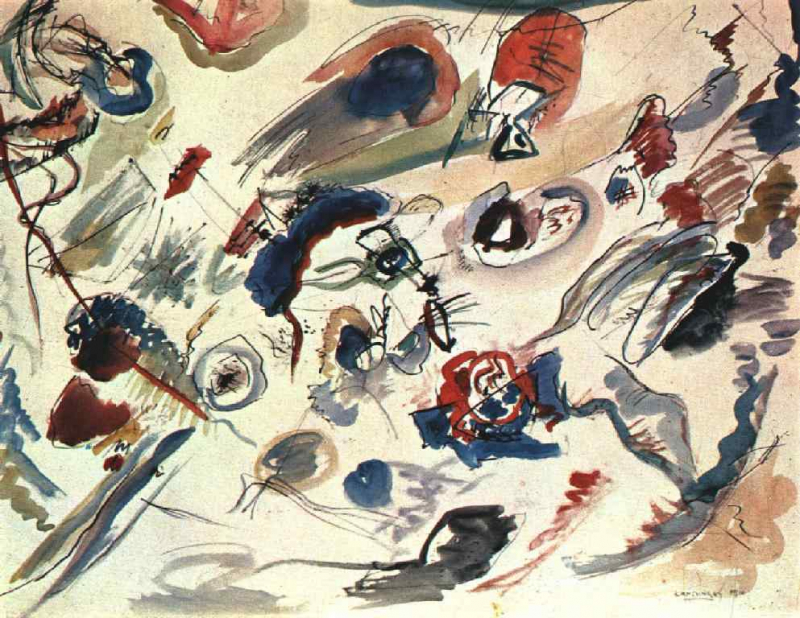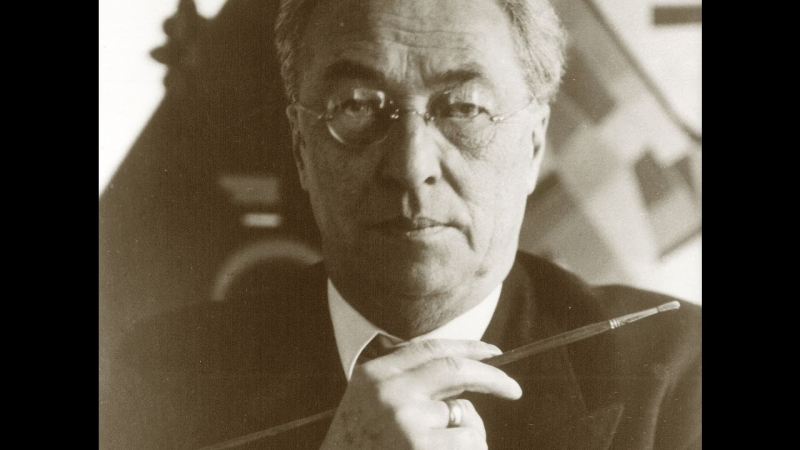First abstract watercolor
Wassily Kandinsky intentionally left this artwork nameless. His 1913 picture Composition VII was the subject of the investigation. Untitled is the proper title for the piece (Study for Composition VII, Premiere Abstraction). Because it is widely regarded as the first wholly abstract painting, the piece has come to be known as the First Abstract Watercolor. While this may not always be the case, it is undeniable that this picture was among the first to completely disregard all allusions to well-known forms from the Western European representational tradition. In Kandinsky's parallel series of abstract "Compositions" and "Improvisations," it is the first surviving piece. Although critics might not consider it to be one of his best pieces, First Abstract Watercolor is definitely one of the most famous paintings of Kandinsky; the one which makes him the Father of Abstract Act in popular belief.
The watercolor that Kandinsky signed, dated 1910, and labeled "abstract watercolor" on the back has long been regarded as the very first abstract work in the history of art. Today's scholars, however, concur that it truly dates from 1913 and was created as a sketch for Composition VII, an oil on canvas. This watercolor's aesthetic and effective use of space imply that it is more reminiscent of Kandinsky's 1913 paintings. It separates the functions of drawing and color through the use of watercolor touches layered with black pen and ink lines. The shapes are given a rhythmic feeling of movement through the lines rather than outlines. This is a common feature of works dating from after 1912: before then, the colors remained structured by images, which referenced Kandinsky's memory and personal recollections.
Location: Georges Pompidou Center, Paris, France
Style: Abstract
Year: 1910 or 1913












